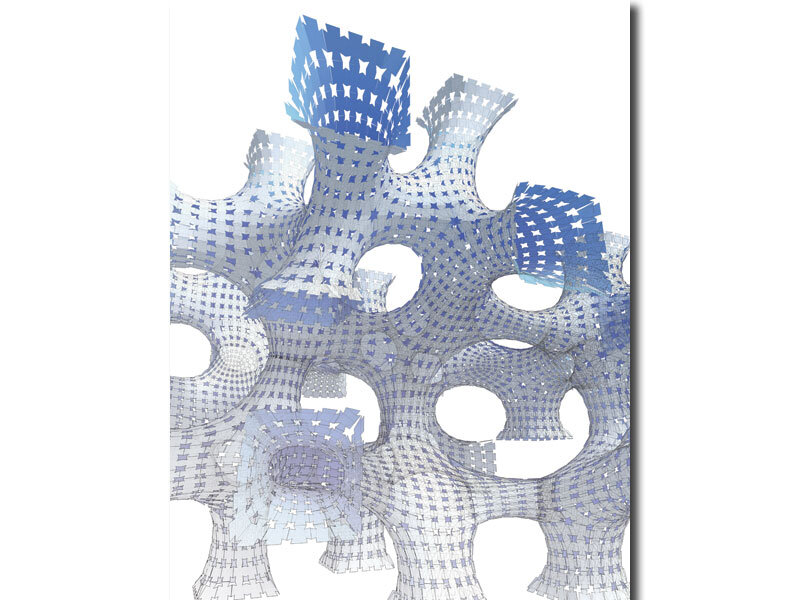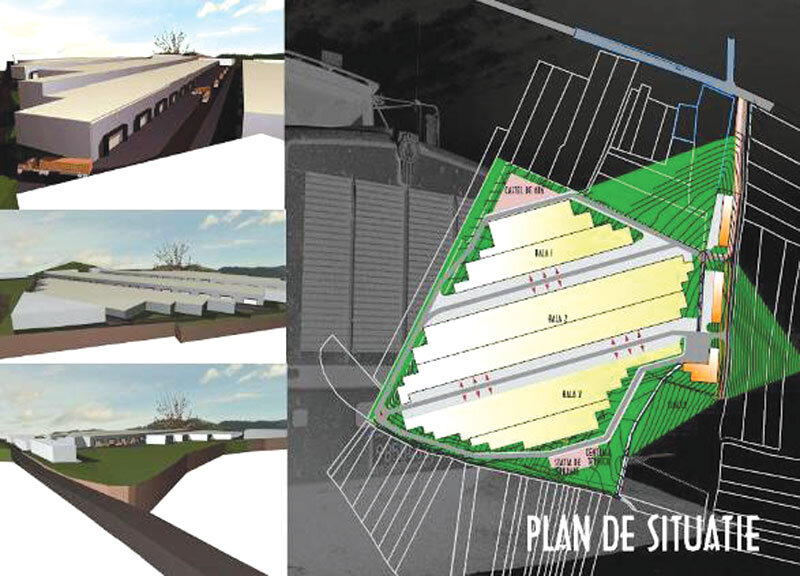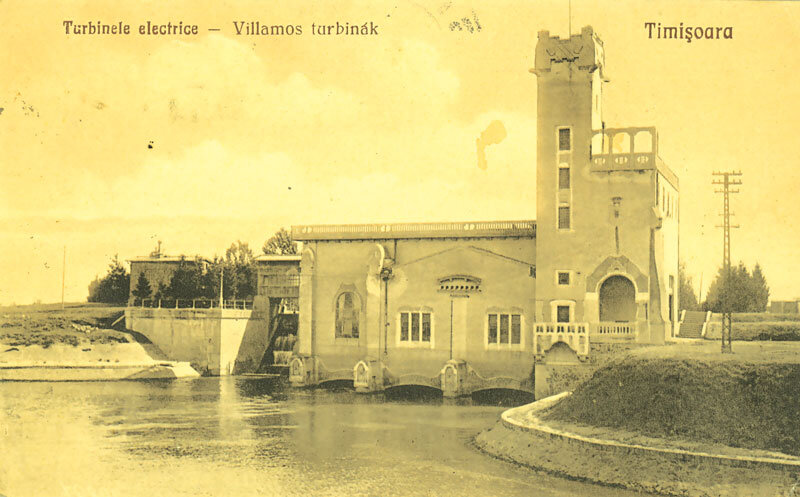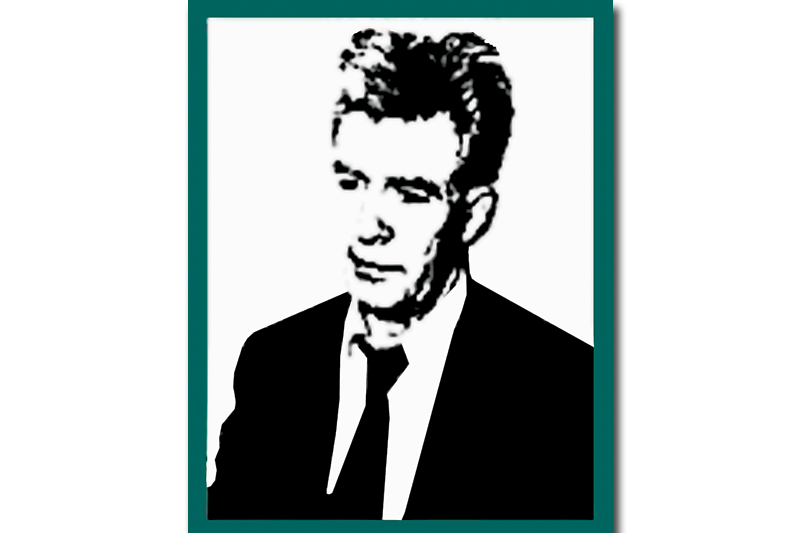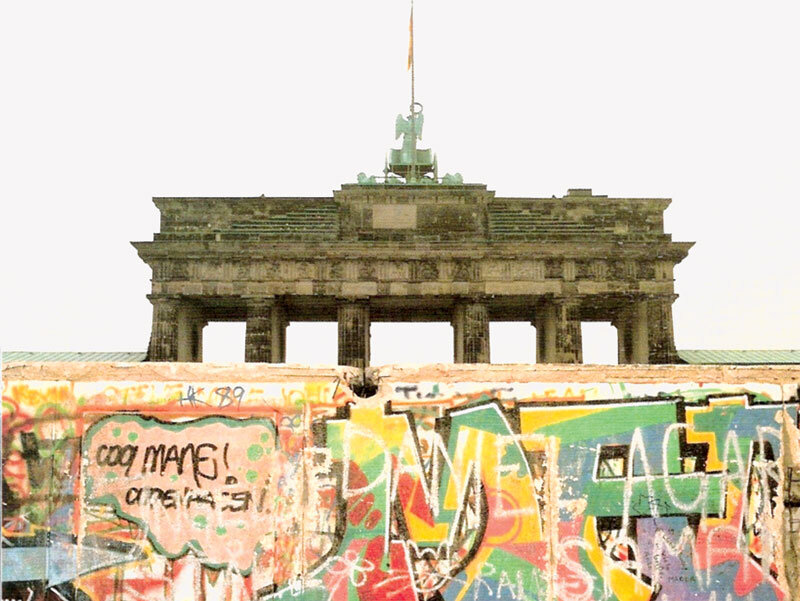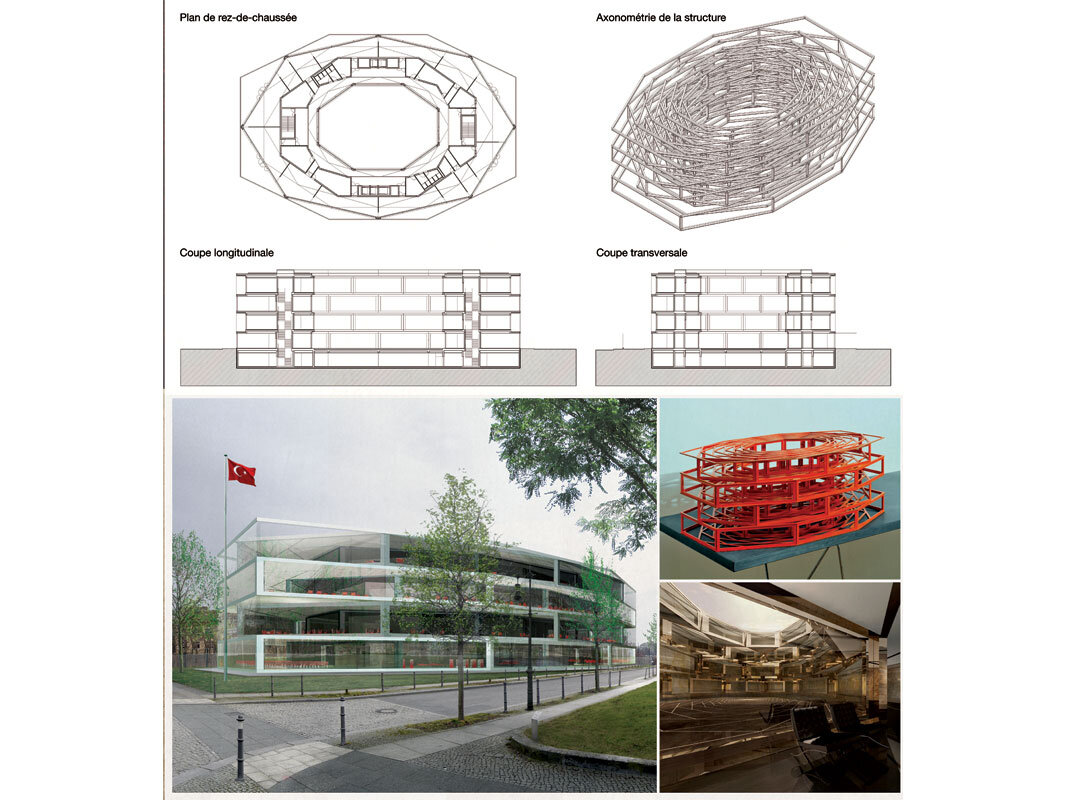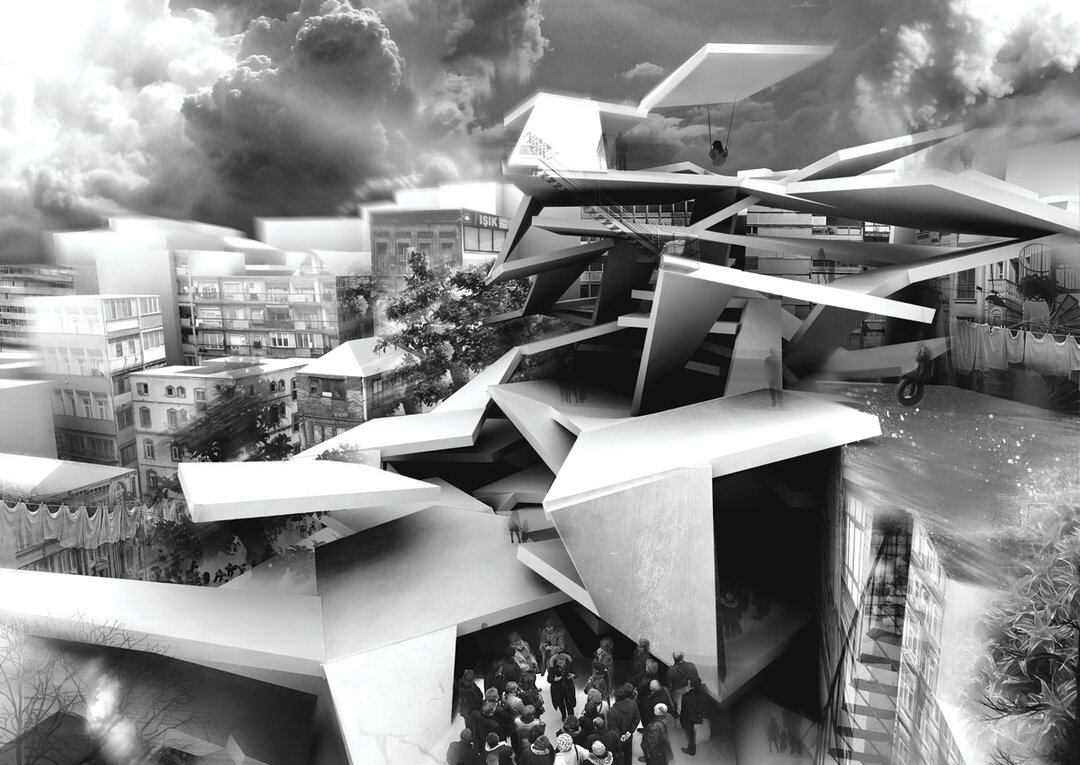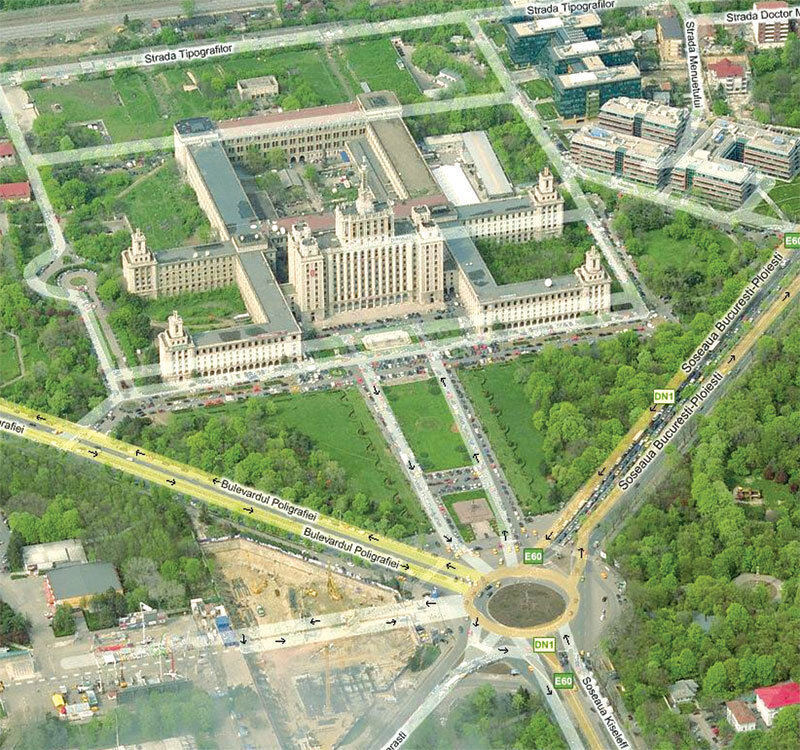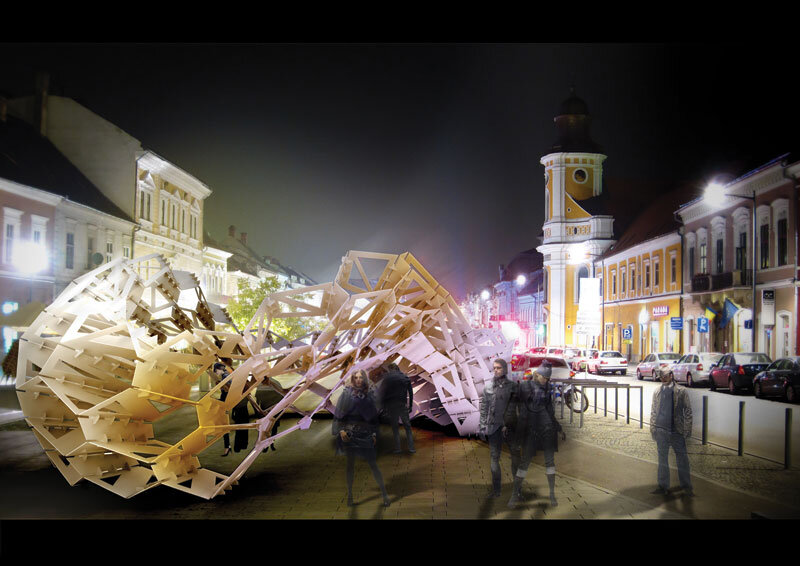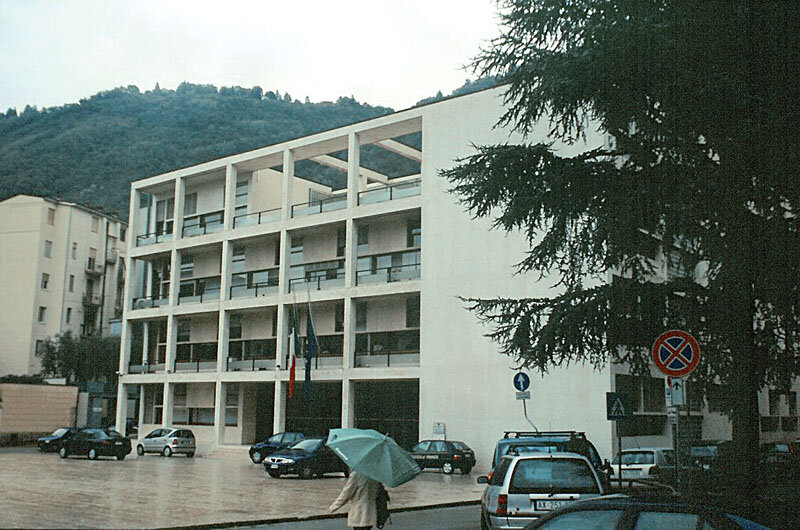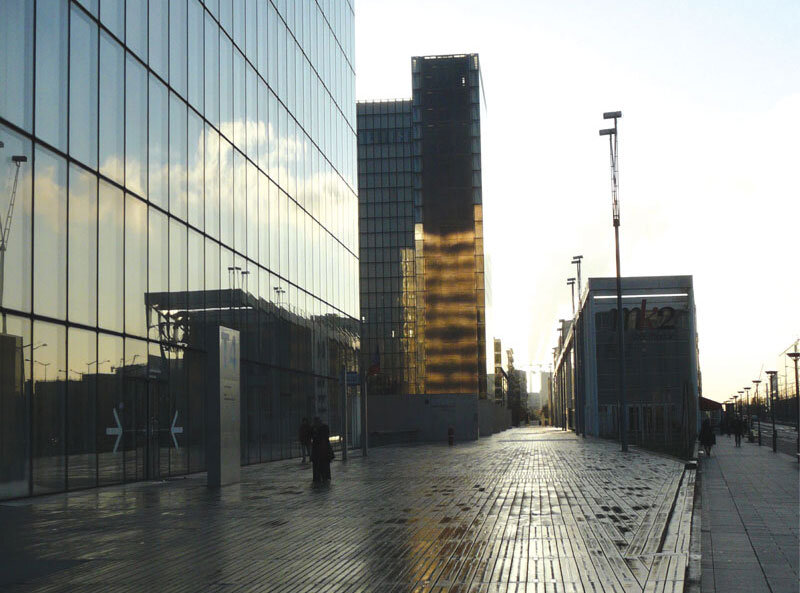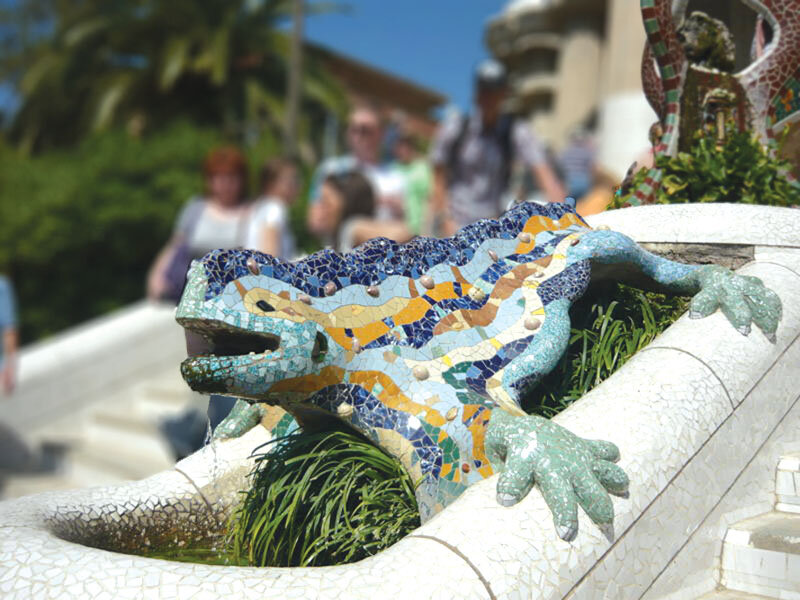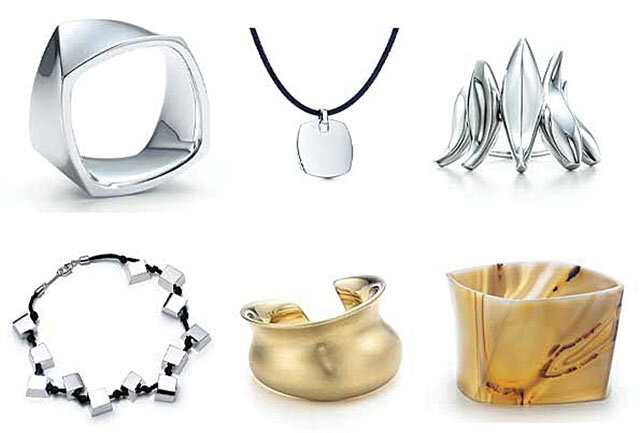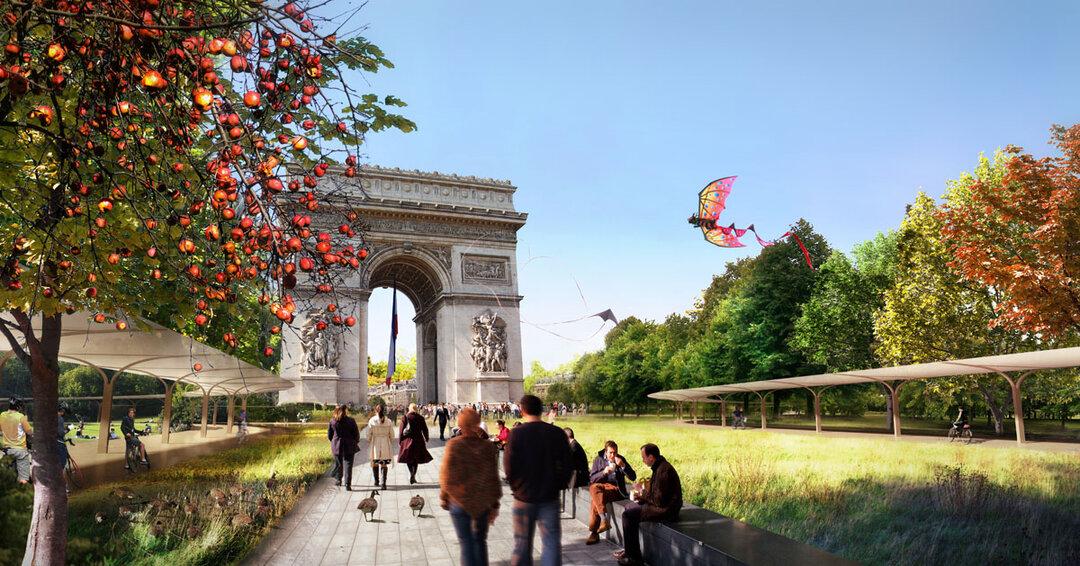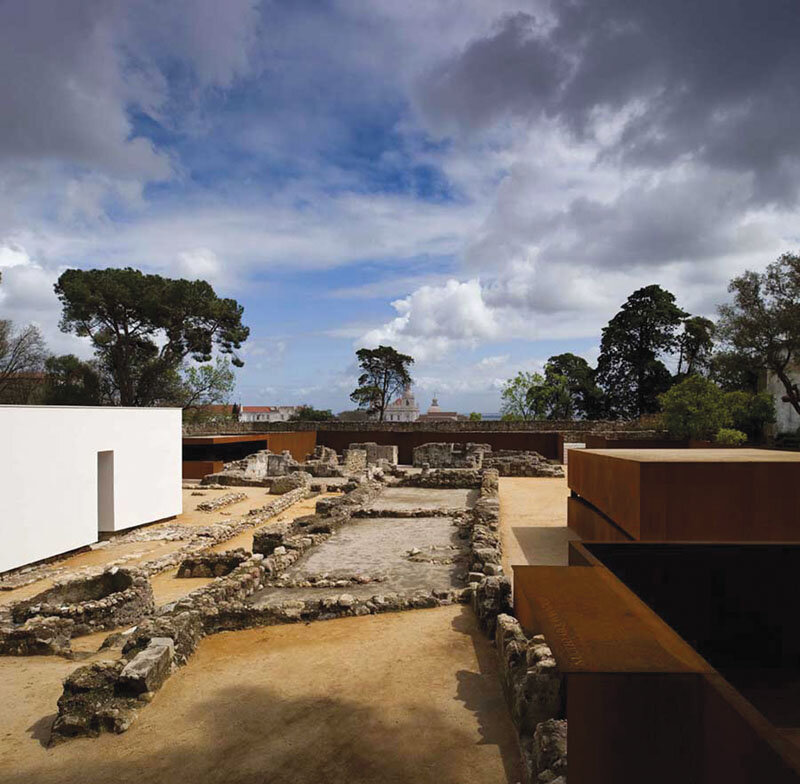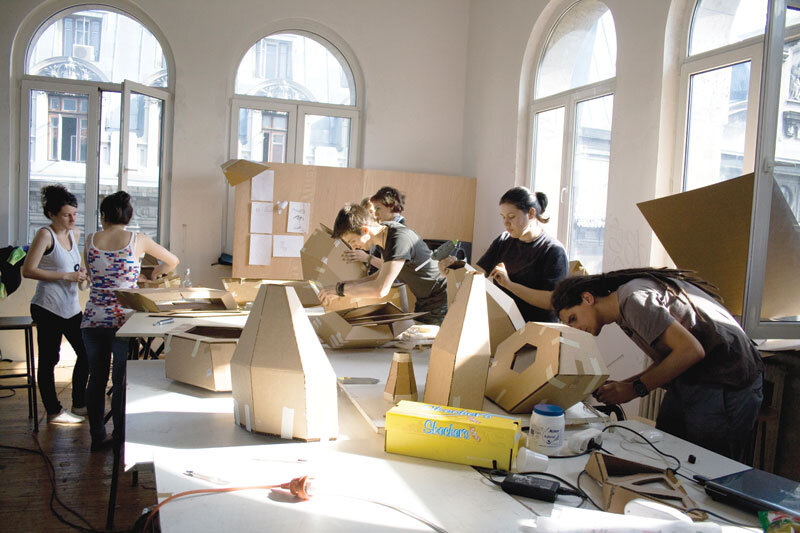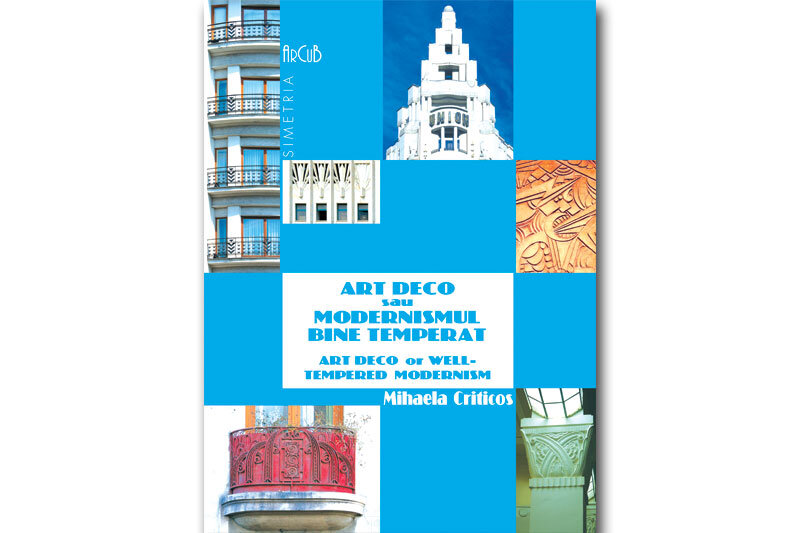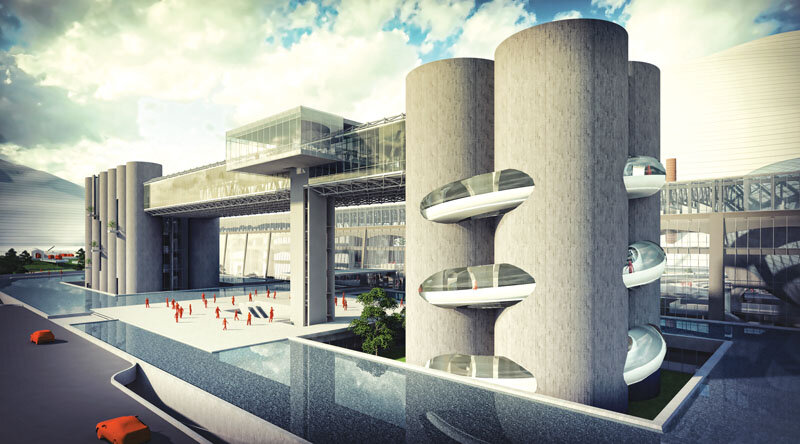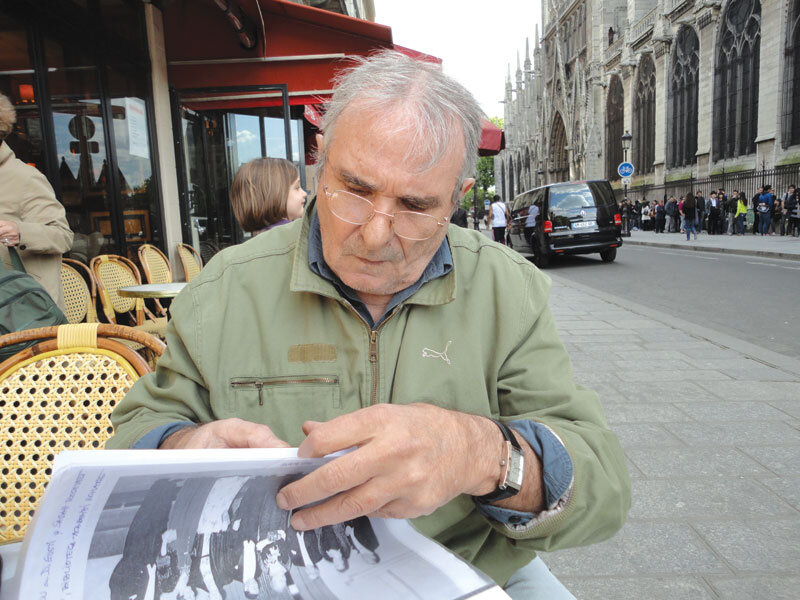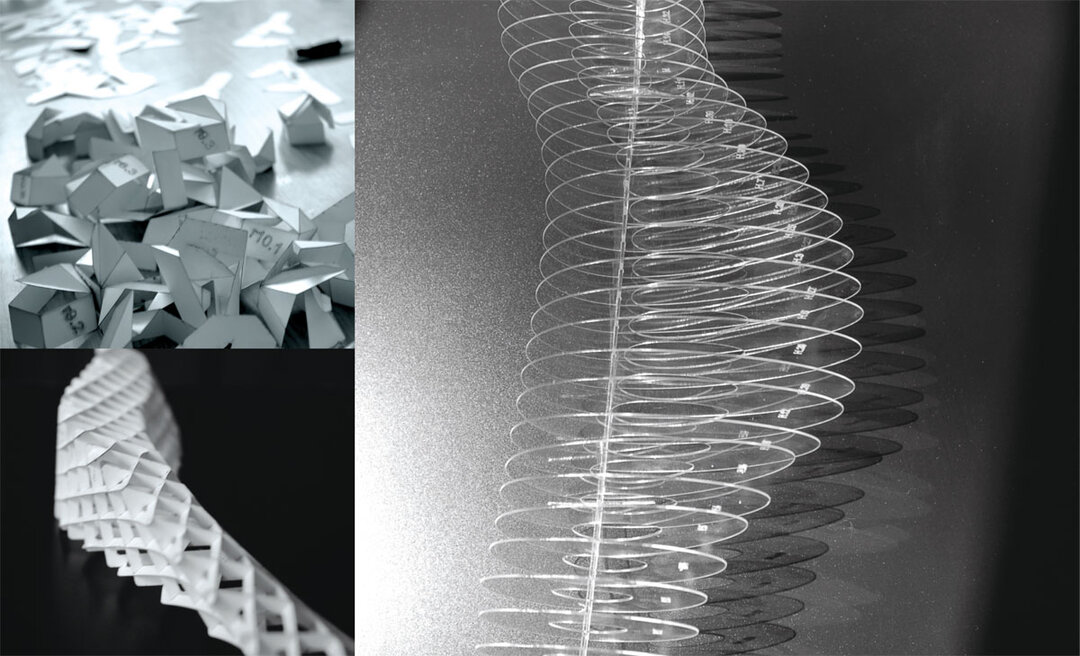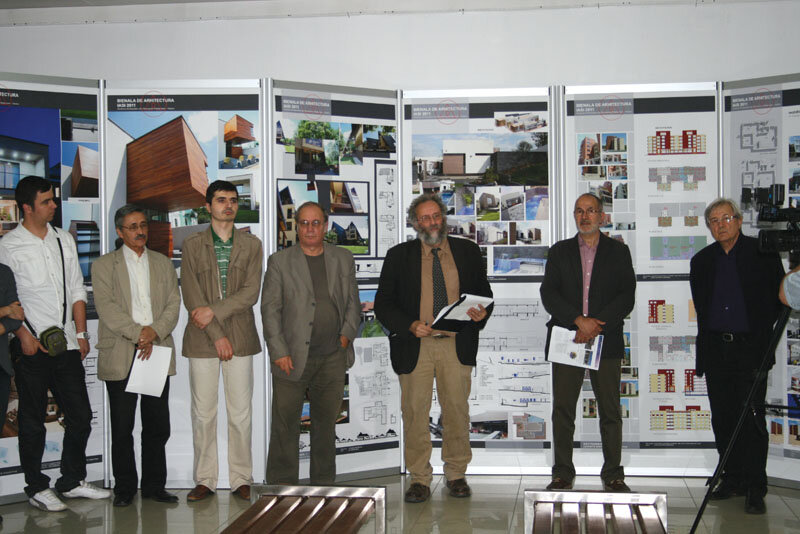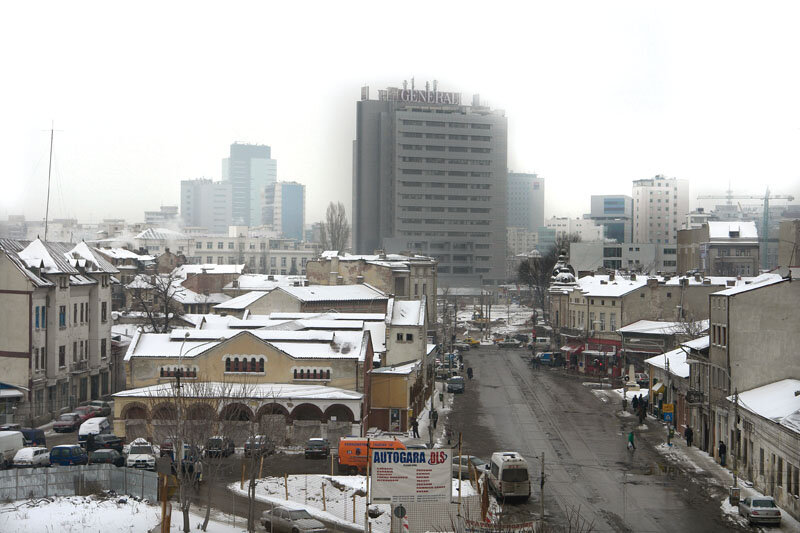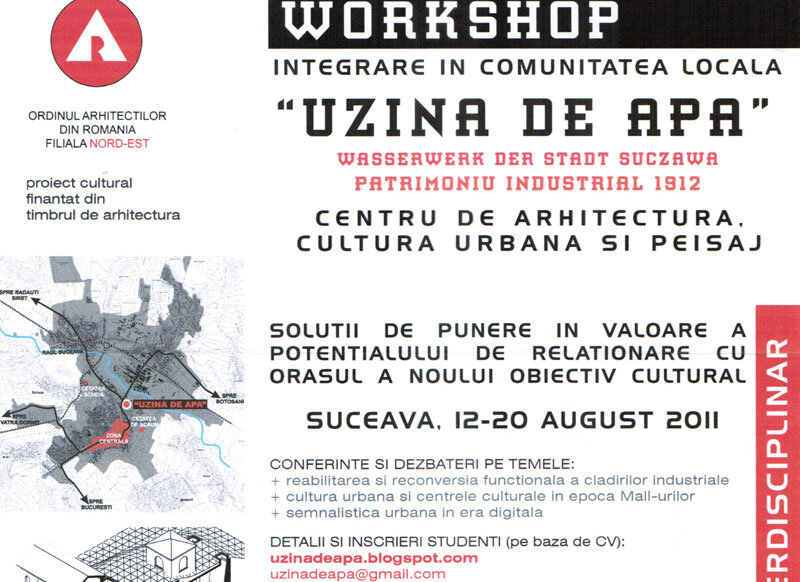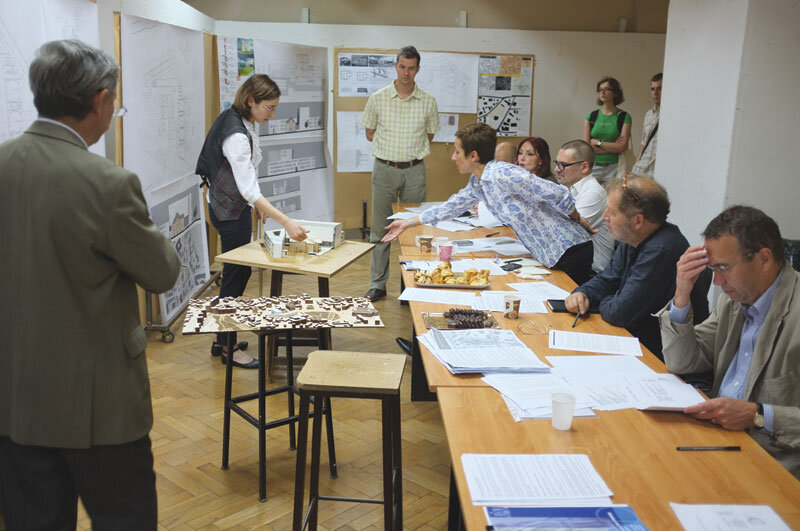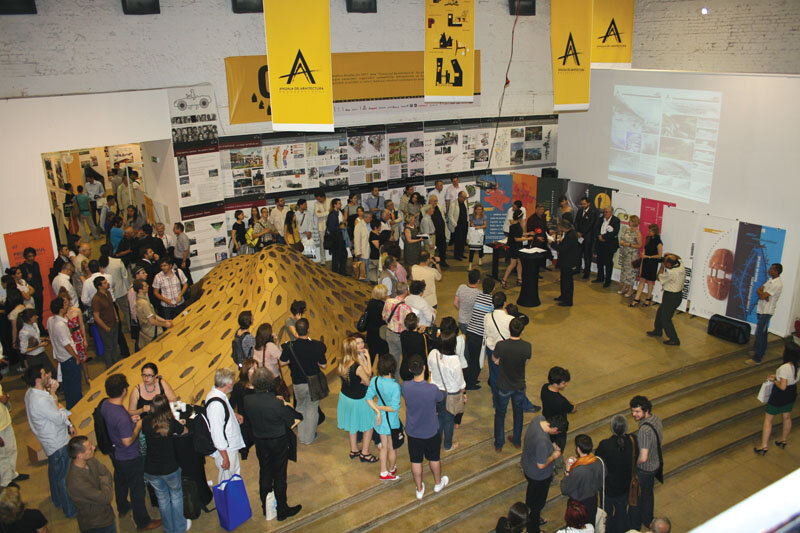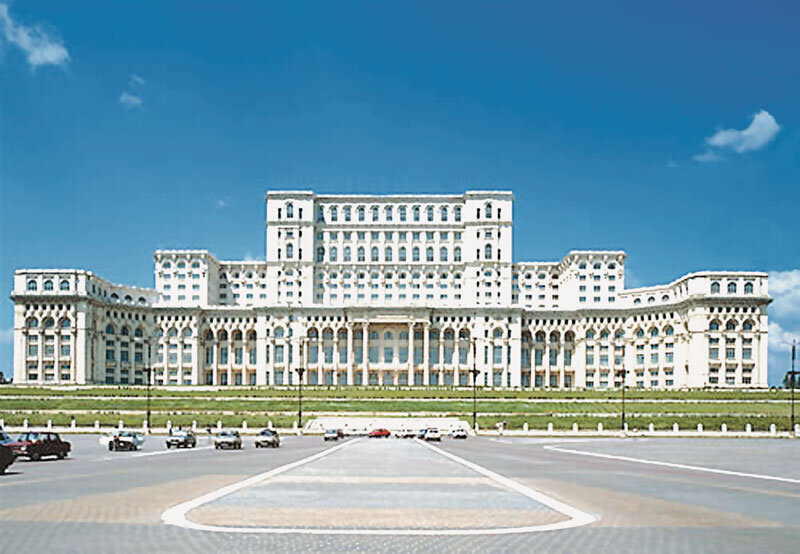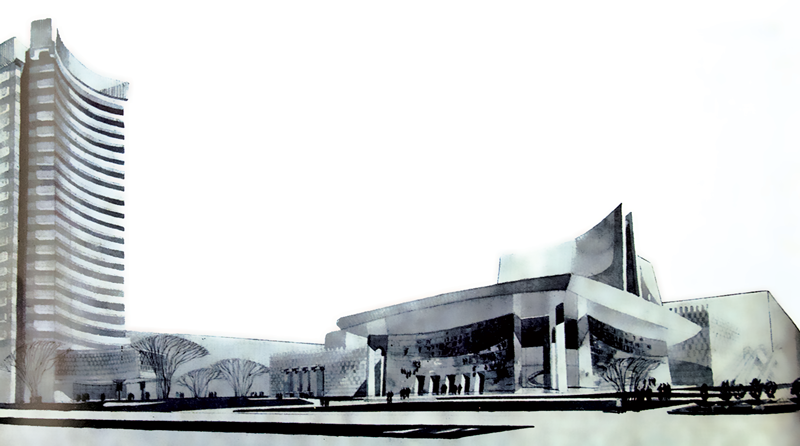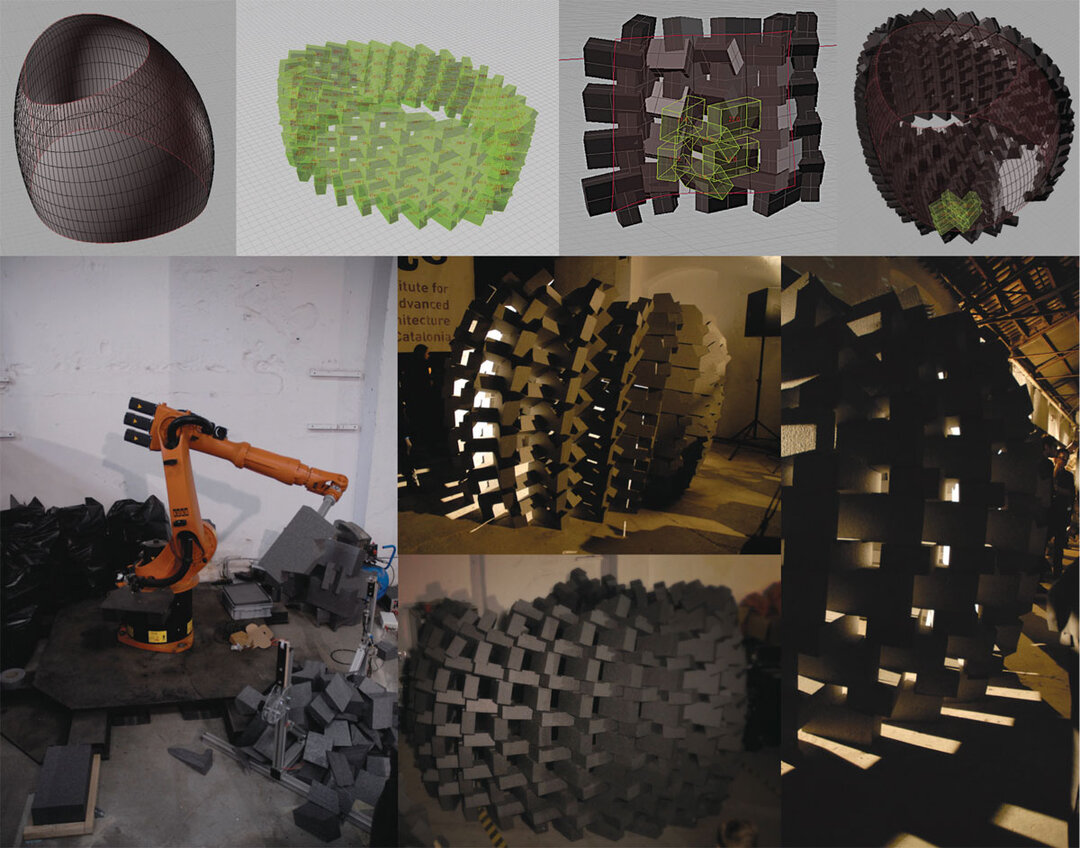
Alexandru Cișmigiu - a national unique
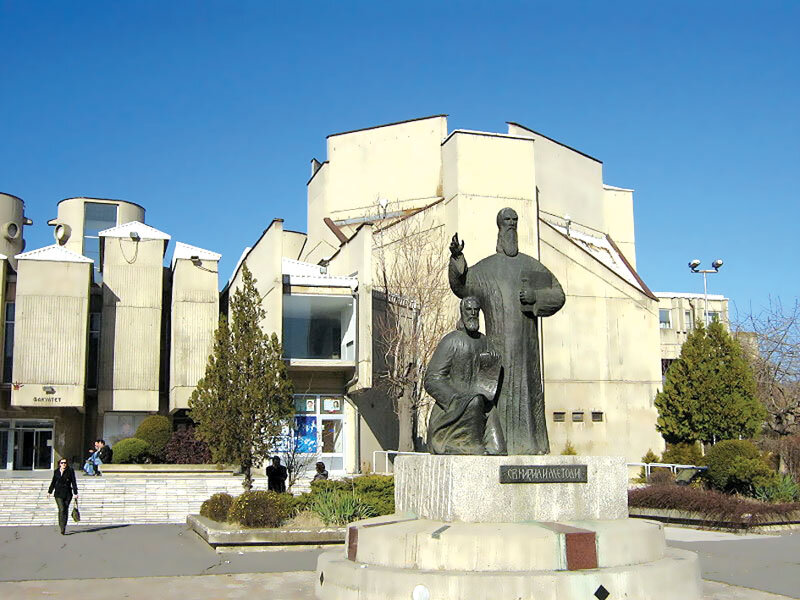
Alexandru Cișmigiu was an engineer, professor, scientist... He had a rich activity in the field of research, design and education in construction and architecture, contributing to the creation and development of seismic engineering in Romania.
He was born in the city of Bolgrad in Bessarabia on December 27, 1917. He graduated in 1938 from the secondary school of the "King Charles II" High School in Bolgrad. He then enrolled in the "preparatory year" of the Polytechnic School in Bucharest, and after graduating he became a student of the renowned school, specializing in Construction.
In 1944 he graduated "Cum Laude" from the Polytechnic School of Bucharest, Faculty of Construction. Alexandru Cișmigiu fought at the front as an observing officer of the Regiment 3 Artilerie Grea Galați, with which he crossed Hungary and Czechoslovakia, where he was decorated for "deeds of arms". After the war, he became a veteran with the rank of colonel.
As an engineer he was active for more than 50 years, and his professional achievements fall into several main directions, such as: Building surveying and consolidation; civil and industrial building design, where he distinguished himself, together with engineers Mazilu and Fierlinger, as a promoter of reinforced concrete with rigid reinforcement (BAR) and reinforced core masonry (ZIA); he worked in multidisciplinary teams of archaeologists, restoring architects, engineers and painters on the consolidation of historical monuments; in scientific research, in some areas of seismic engineering, he wrote the works: Theory of composite materials, Energy ductility, Design based on the SET concept, and together with engineer Mihai Popovici he wrote the book "Reinforced concrete with rigid steel with application to the design of tall buildings".
The reinforced concrete structure was used in 1949 for the central body of the Scânteii House, now the Free Press House.
Together with architects and engineers from the Bucharest Project Institute and the Carpați Institute, he designs buildings such as the National Theater, the Palace Hall, cinemas with prestressed concrete roof structures, residential blocks (including the Unic block, with a special ground floor with V-shaped columns in reinforced concrete with rigid reinforcement), residential buildings with monolithic floor slabs, such as the collective housing complex in Calea Griviței, Bd. Duca, Str. Petre Poni, where reinforced concrete anti-seismic diaphragms, reinforced masonry and complex masonry were used for the first time.
The professional value of Alexandru Cișmigiu is recognized nationally and internationally, becoming a member of the Association for International Cooperation and Research in Steel-Concrete Composite Structures (ASCCS), "Builder of the 20th Century" declared by ARACO in 1999, honorary president of the Association of Seismic Engineering Iasi.
After the earthquakes of Skopje 1963 and Banjaluka 1969-1970, Yugoslavia, he was appointed UNESCO expert in 1969, 1970 and 1972 on seismic theory, seismic zoning, prescriptions, strengthening of damaged buildings and design of new buildings. Here, together with engineer Dragoș Badea, he designed and supervised the construction of a polyclinic known today as Rumanscki Culi and Policlinica Bucharest and three multi-storey residential buildings. The Romanian state donates these buildings to Skopje after the earthquake.
At the same time he lectures and publishes a course on seismic engineering at the University of Skopje, "Forces Materials an Structures in Tall Buildings Design", in two volumes. For all his work he received a commemorative medal and became an Honorary Citizen of Skopje.
In the years 1979-1980 he was invited for three months in Japan, at the Disaster Prevention Institute of Kyoto, where he also spoke about the system of reinforcement of vertical elements in cross (X), which Alexandru Cișmigiu promoted and applied in Bucharest and Targoviste.
In the country, he consults in the field of anti-seismic design as principal consultant for the resistance structure of the Bucharest Financial Plaza and for the external reinforcement of the Telephones Palace.
From the impressive list of historical monuments and cult buildings, published in the works "A landmark of Romanian culture. Momentul Mirăuți" (Suceava 2001) and "Punct de vedere preliminar privind starea de avariere-degradare a Bisericii Șirineasa-Vâlcea" (September 2000), for which he proposed consolidation-restoration solutions, and whose disciples were engineers Dan Baciu, Mircea Crișan and Dan Ionescu, a few of these can be cited: Episcopal Palace in Buzău, Agapia Monastery, the monasteries, churches and bell-towers of Cozia, Dintr-un Lemn Church, Cașin, Brâncoveni, Râmeți, Dealu, Berzunți, Baia, Iași Catholic Cathedral, Roman Diocese Cathedral and many others. The restorations of the Coconi and Ițcanii Vechi Suceava churches received the "Trofeul Calitații" of the Romanian Association of Building Contractors (ARACO).
He has been a member of the Romanian Union of Architects since 1960, a member of the National Commission of Historical Monuments until 2000, where he served as head of the Engineering Section.
In the career of engineer Alexandru Cișmigiu, an important role was played by his teaching activity, which he started in 1949 at the Institute of Constructions in Bucharest, as an assistant in the course on Resistance of Materials taught by Professor Nicolae Korcinschi, whom he considers himself a disciple. Together with the engineer Petre Vernescu and Nicolae Korcinski, Alexandru Cișmigiu taught courses and seminars in Elasticity Theory, Elements of Plastic Theory and Strength of Materials for 10 years, at almost all faculties of the institute.
An important stage in his teaching career was his work at the Institute of Architecture "Ion Mincu", in Bucharest, as professor of Theory of Structures in Architecture, between 1962-2000.
It can be said without exaggeration that Professor Alexandru Cișmigiu "created a school", training builders and architects of value - 35 generations of students - for whom "Cișu", as he was nicknamed, was an example and a benchmark for their own careers.
PS Ioachim, Bishop of Hușilor, said of Alexandru Cișmigiu: "Both as a man and as a specialist in building resistance... His Lordship is unique at a national level and one of the world's leading specialists in the field. He has a noble soul and is an open-minded man, with whom it is a pleasure to collaborate, since he always works with a smile on his lips, but he is very categorical in his decisions, especially when all the observations and measurements are signed with the same pen that used to make his students afraid"1.
1 Alexandru Cișmigiu - Monografie, Ed. CDCAS-MLPTL, Bucharest, 2002, p. 47

